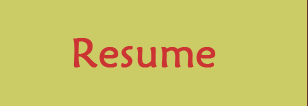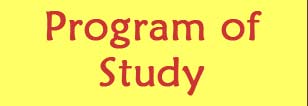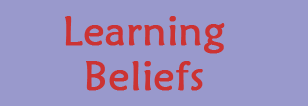9458 Technology and Assessment
Course Description
It's difficult to know if you are improving student learning without some form of learning assessment. Learn how to assess specific types of knowledge, using technology to streamline and enhance the process. Explore innovative tools and means of assessment that help teachers individualize and differentiate instruction. You will develop technology-enhanced assessments to use in your classroom, based on Understanding by Design principles. *
Reflection
Assessment is an integral part of the teaching and learning process. Assessment informs my teaching. When I’m teaching I’m constantly informally assessing to check for student understanding and comprehension and providing students with immediate feedback. I study errors on completed assessments to discover student errors in thought processes to help me develop strategies for correcting the faulty thought patterns.
During my studies in this course, I have had opportunities to develop assessments utilizing technology. The development process begins with identifying what learners should know, deciding how I will determine learners have reached the objectives, then planning learning activities and instruction. This Understanding by Design or backward design process insures the alignment of standards, instruction, and assessments. A few of the technologies we discussed that are available to support assessment are personal response systems, electronic portfolio systems, and online tools such as rubric makers and WebQuests.
The activities, readings, and discussions in this course have broadened my understanding of assessment. I now have a greater appreciation for the importance of student self-assessment and performance assessments. When students are given the expectations and taught how to self-assess, the results are learners who think about what they are learning, their progress, and their areas of needed improvement. Performance assessments are now a favored tool because it is assessment embedded in a learning experience. My experiences in this class have made me more comfortable with the rubric creation process. I have learned to create rubrics for the process and product to effectively provide student feedback on a performance assessment.
Another way I have benefitted from this class is in my understanding of authentic learning. I have never felt like I truly understood what “authentic” tasks were. My definition was very restricted and connected to real-life activities. While reading about performance assessments in the course text, Educational Assessment for the Elementary and Middle School Classroom, I was ecstatic to finally come to a deep understanding of authenticity. The authors, Borich and Tombari, defined and explained authentic tasks as having “value to the student beyond simply getting a grade that shows competence on a particular task.” And here is where I felt the sweet freedom of true understanding as the authors continued, “A task is authentic if it has relevance to job or life skills. It also is authentic if it builds toward and prepares your learners for some higher learning occurring later in the school year or in succeeding grades.” (p. 202)
Reference:
Borich, Gary D., & Tombari, Martin L.(2004). Educational Assessment for the Elementary and Middle School Classroom, Second Edition. Upper Saddle River, NJ: Merrill Prentice Hall.
Artifacts
- Somebody and the Three Somethings WebQuest
- Performance Assessment
- Online Tools for Assessing Higher Order Thinking and Problem Solving
- Assessing Your Curriculum
*Course Description copied from SISLT Course List.
9458 |






